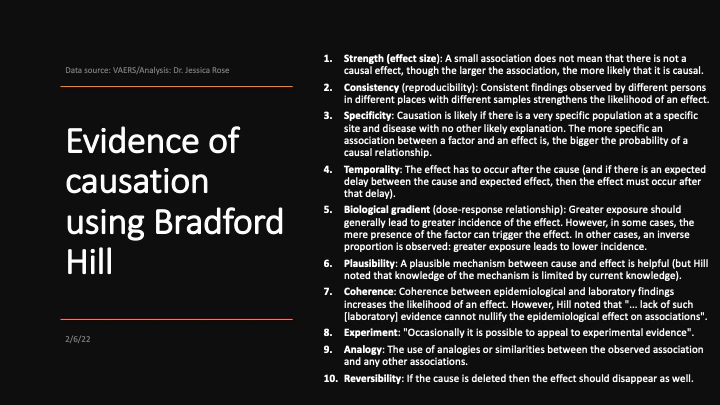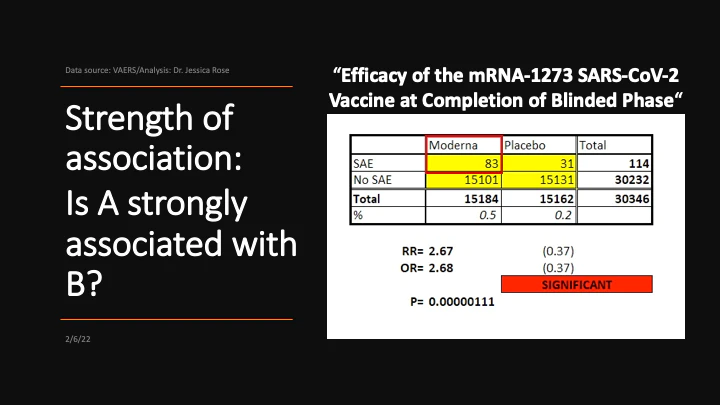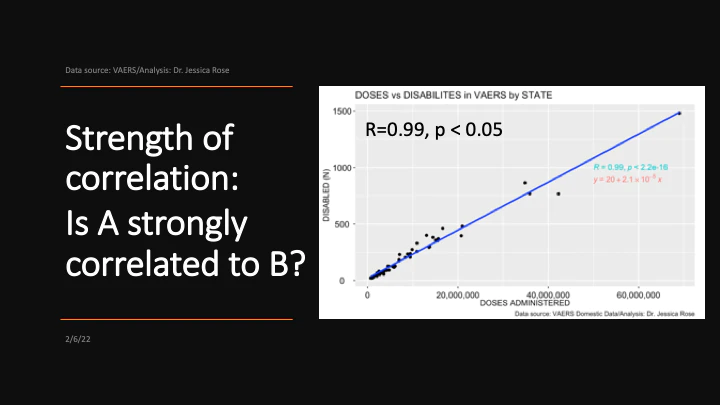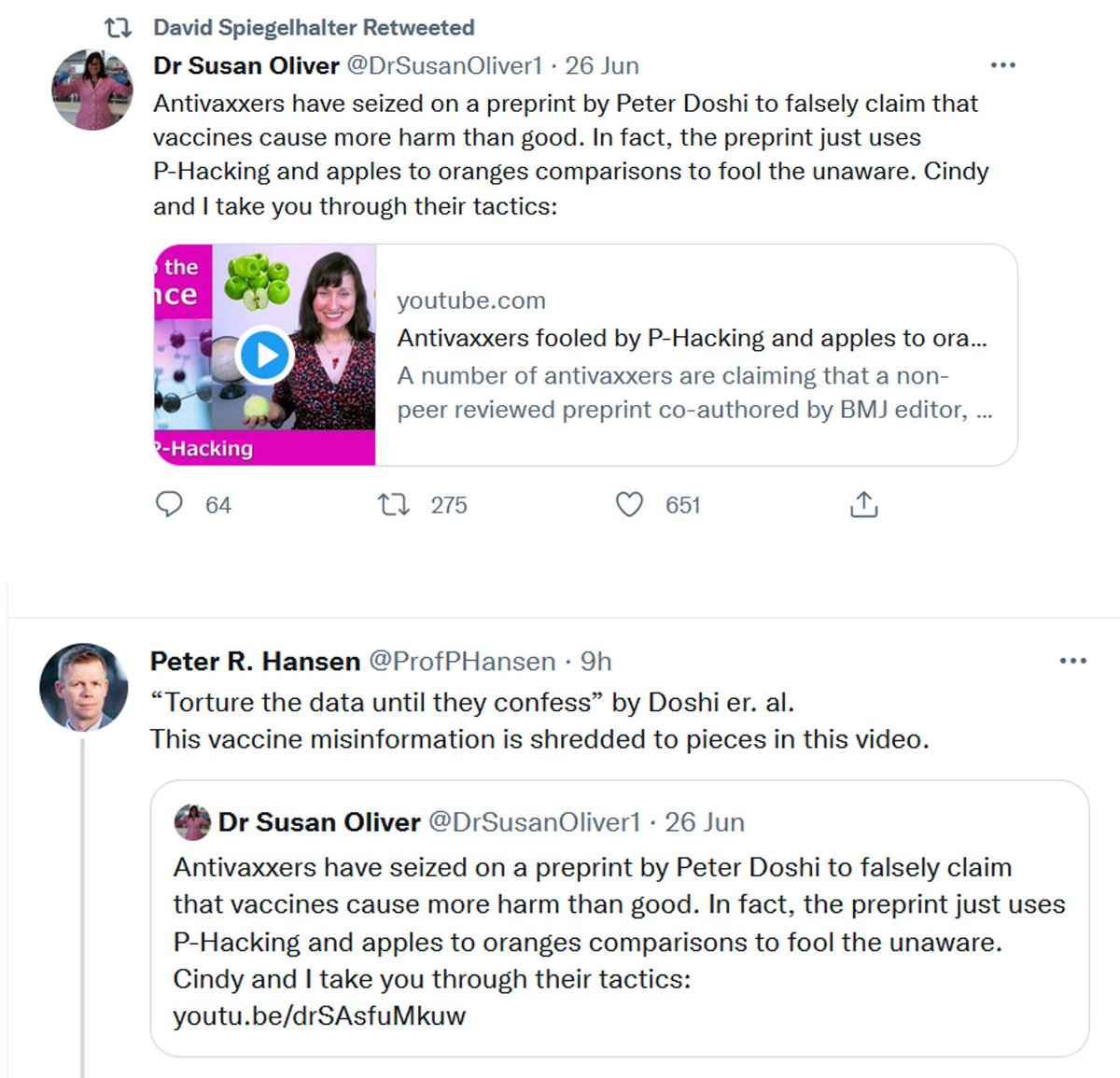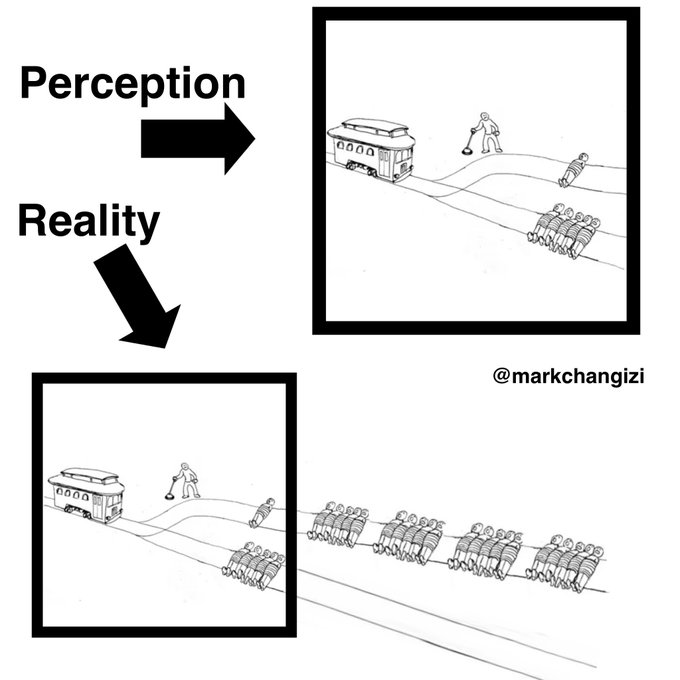Hat tip: Sandeep Chakraborty
Source: MDPI Open Access Journals
Intramyocardial Inflammation after COVID-19 Vaccination: An Endomyocardial Biopsy-Proven Case Series
by
Christian Baumeier 1,*, Ganna Aleshcheva 1, Dominik Harms 1, Ulrich Gross 1, Christian Hamm 2,3, Birgit Assmus 3, Ralf Westenfeld 4, Malte Kelm 4, Spyros Rammos 5, Philip Wenzel 6, Thomas Münzel 6, Albrecht Elsässer 7, Mudather Gailani 8, Christian Perings 9, Alae Bourakkadi 10, Markus Flesch 11, Tibor Kempf 12, Johann Bauersachs 12, Felicitas Escher 1,13,14 and Heinz-Peter Schultheiss 1
1 Institute of Cardiac Diagnostics and Therapy, IKDT GmbH, 12203 Berlin, Germany
2 Kerckhoff Heart Center, Department of Cardiology, 61231 Bad Nauheim, Germany
3 Department of Cardiology and Angiology, Universitätsklinikum Gießen und Marburg, 35391 Gießen, Germany
4 Department of Cardiology, Pulmonology and Vascular Medicine, Heinrich Heine University Düsseldorf, 40225 Düsseldorf, Germany
5 Onassis Cardiac Surgery Center, 176 74 Athens, Greece
6 Department of Cardiology, University Medical Center Mainz, 55131 Mainz, Germany
7 Department of Cardiology, Klinikum Oldenburg, 26133 Oldenburg, Germany
8 Frankenwaldklinik, 96317 Kronach, Germany
9 Department of Cardiology, St. Marien-Hospital, 44534 Lünen, Germany
10 Department of Internal Medicine, Cardiology, Geriatrics and Palliative Medicine, Gemeinschaftsklinikum Mittelrhein gGmbH, 56727 Mayen, Germany
Show full affiliation list
* Author to whom correspondence should be addressed.
Academic Editors: Loredana Frasca and Steven Fiering
Int. J. Mol. Sci. 2022, 23(13), 6940; https://doi.org/10.3390/ijms23136940
Received: 8 April 2022 / Revised: 20 May 2022 / Accepted: 21 June 2022 / Published: 22 June 2022
(This article belongs to the Special Issue T-regulatory Cells in Autoimmunity and Transplantation)
Abstract
Myocarditis in response to COVID-19 vaccination has been reported since early 2021. In particular, young male individuals have been identified to exhibit an increased risk of myocardial inflammation following the administration of mRNA-based vaccines. Even though the first epidemiological analyses and numerous case reports investigated potential relationships, endomyocardial biopsy (EMB)-proven cases are limited. Here, we present a comprehensive histopathological analysis of EMBs from 15 patients with reduced ejection fraction (LVEF = 30 (14–39)%) and the clinical suspicion of myocarditis following vaccination with Comirnaty® (Pfizer-BioNTech) (n = 11), Vaxzevria® (AstraZenica) (n = 2) and Janssen® (Johnson & Johnson) (n = 2). Immunohistochemical EMB analyses reveal myocardial inflammation in 14 of 15 patients, with the histopathological diagnosis of active myocarditis according the Dallas criteria (n = 2), severe giant cell myocarditis (n = 2) and inflammatory cardiomyopathy (n = 10). Importantly, infectious causes have been excluded in all patients. The SARS-CoV-2 spike protein has been detected sparsely on cardiomyocytes of nine patients, and differential analysis of inflammatory markers such as CD4+ and CD8+ T cells suggests that the inflammatory response triggered by the vaccine may be of autoimmunological origin. Although a definitive causal relationship between COVID-19 vaccination and the occurrence of myocardial inflammation cannot be demonstrated in this study, data suggest a temporal connection. The expression of SARS-CoV-2 spike protein within the heart and the dominance of CD4+ lymphocytic infiltrates indicate an autoimmunological response to the vaccination.
Keywords: COVID-19; vaccination; SARS-CoV-2; Comirnaty; Vaxzevria; Janssen; inflammatory cardiomyopathy; myocarditis; giant cell myocarditis
1. Introduction
Myocarditis and pericarditis have been reported as a potential complication of the COVID-19 mRNA (messenger RNA) vaccines. Since the first observations of myocarditis in response to the Pfizer-BioNTech vaccine in April 2021 [1], numerous case reports, indicating a relationship between COVID-19 vaccination and the occurrence of myocarditis/pericarditis, have been published [2,3,4,5,6,7,8].
Meanwhile, large epidemiological studies reveal that the majority of COVID-19-vaccine-related myocarditis occur in young male individuals (median age of 21 years) following the second dose of mRNA based vaccines [9]. Most cases (76.8%) have been observed in response to the Pfizer-BioNTech vaccine (Comirnaty®), whereas one quarter (23.2%) received the Moderna vaccine (Spikevax®). Despite total case numbers, general incidence of myocarditis was shown to be higher in patients receiving Spikevax® (1.3 to 1.9 (Spikevax®), and 0.26 to 0.57 (Comirnaty®) extra cases of myocarditis per 10,000 subjects) [10]. Consequently, numerous national authorities recommended the use of Comirnaty® instead of Spikevax® for people aged 30 years and younger.
Signs of myocarditis after COVID-19 vaccination usually develop within 2 weeks [11,12] and clinical symptoms generally ease quickly without impairment of cardiac function [13]. Although COVID-19-vaccine-related myocarditis has an overall marginal incidence and affected patients show a fast recovery in absence of short-term complications, myocarditis is an alarming side effect, which needs to be monitored carefully.
While the majority of published cases are based on cardiac magnetic resonance imaging (cMRI) and laboratory evaluation [2,3,4,5,6,7], endomyocardial biopsy (EMB)-proven cases are limited [8,14,15]. Here, we present a comprehensive analysis of EMBs from 15 patients with the suspicion of myocarditis after vaccination against SARS-CoV-2 and reveal a temporal relation between the vaccination and the occurrence of myocardial inflammation, ranging from mild inflammatory cardiomyopathy to severe active myocarditis and giant cell myocarditis.
Continue reading →
